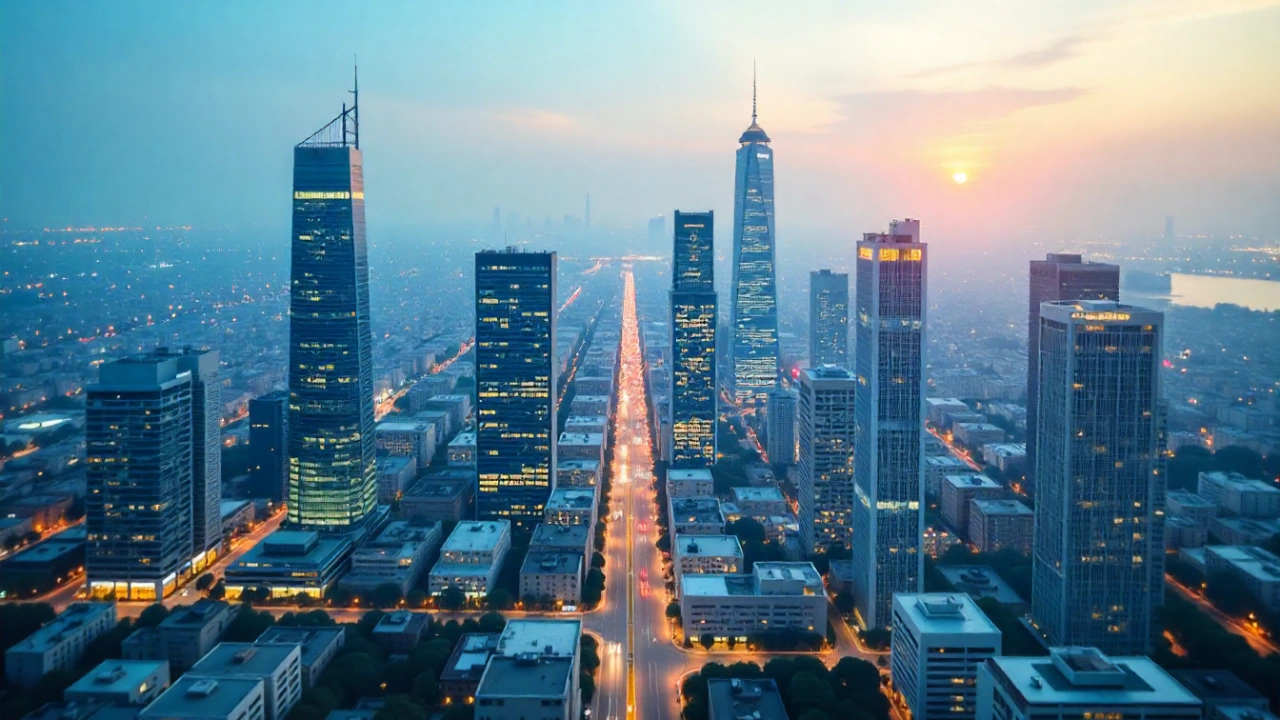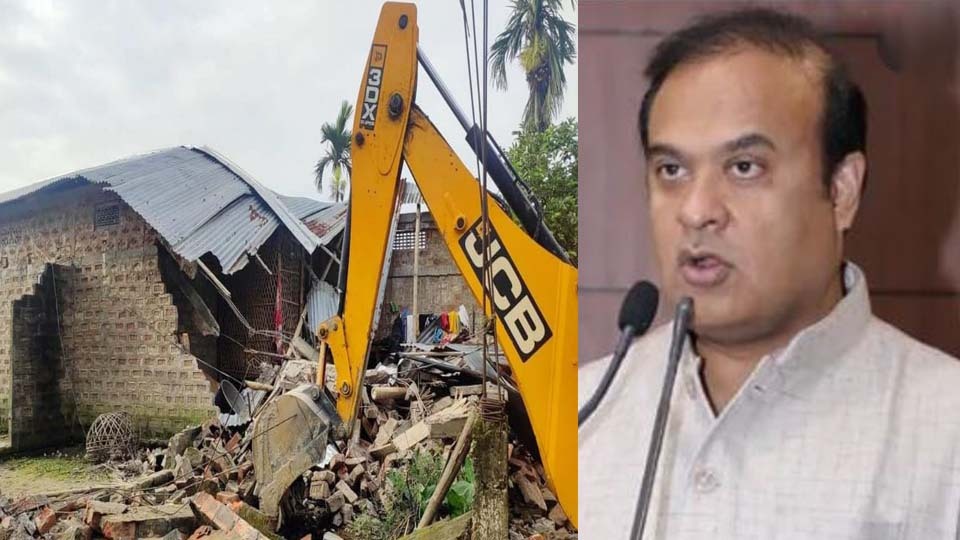By Sreyashi Bhattacharya
Copyright techgenyz

Smart municipalities harness AI to improve traffic flow, waste collection, and emergency response.Digital twins empower smart municipalities to simulate urban planning and sustainability scenarios.Smart municipalities prioritize governance to address data privacy, equity, and citizen trust.
The technology that is changing city living. Municipalities in 2025 will be using artificial intelligence to address previously persistent issues: traffic congestion, aging energy grids, emergency response, environmental monitoring, and citizen-oriented services. But this application of AI is not limited to simply sticking sensors in streetlights.
The most successful pilots are combining edge sensors with AI models, a shared data and visualisation platform (often called “digital twins”), and governance structures that connect municipal agencies and vendors, while considering privacy and equity.
Where AI is seeing measurable benefits :
1. Traffic and mobility adaptive signals, predictive routing, and curb management
AI-powered adaptive traffic signals are transitioning from lab demonstrations to pilots in full-scale municipalities. Instead of having traffic signals with time-based phasing, an AI product can ingest real-time live camera feeds, loop detectors, and connected vehicle data to adjust signal phases dynamically, or minimize waiting time, and even prioritize transit or emergency vehicles.
Three mid-size municipalities have already approached examples in India and have put out a request for proposals and are piloting this type of system, which often allows municipalities to track decreases measured in wait times and emissions in interim trials. Additionally, Masdar City and other controlled environments are piloting autonomous delivery vehicles as an integrated part of their micro-mobility pilot and curb management strategy.
2. Digital twins and simulations powered by AI for urban planning
Digital twins represent real-time digital models of buildings, neighborhoods, or entire cities that, when paired with AI, enable cities to simulate scenarios: e.g., what would happen to traffic patterns if a major corridor were closed for construction, or how would heat islands react to additional tree canopy?
This allows planners to virtually simulate interventions and select scenarios that reduce costs and acknowledge abrupt social impacts. Using predictive digital twins with real-time traffic data to address physical dynamics is drastically shortening the decision cycles of competing needs in large cities.
3. Environmental monitoring and public health
Networked air quality sensors use AI models to identify spikes in pollution at certain times and places, predict toxic environmental exposures, and recommend traffic or industrial limits to mitigate pollution sources. In real-world arenas in US cities, early solutions have reduced commute times, requested street cleaning or emissions enforcement. Moreover, AI is used in water-management analysis to find leaks or possible contamination sooner than physical inspection cycles allow
.4. Public safety and services – waste collection and emergency routing
AI is optimizing waste collection by determining optimal routes based on fill-level sensors to reduce fuel consumption and improve pickups. In emergency services, AI processes multi-modal sensor inputs to find optimal routes for ambulances through a green corridor and advance notice to local hospitals; this can reduce critical response times. Nonetheless, these applications create challenging governance issues regarding surveillance, biases in facial or behavioral identification, and data governance, which cities are still tackling.
Case studies and pilot projects (2024-2025)
• Masdar City (United Arab Emirates) – autonomous delivery vehicles received official plates in pilot projects that work with the city’s sustainability goals, providing an example of logistics AI being nested within smart-city frameworks
.• Visakhapatnam (India) – an AI-based integrated traffic management system (Pilot Project Saarathi) continues to scale up across junctions, create coordinated signal timing, and enforce violations to improve coordination for emergency vehicles, which is a good example of public-private implementation within an Indian city.
Challenges: data, equity, and governance
Three interrelated challenges temper AI’s potential and excitement:
1. Data integration and silos: Many cities lack standardized APIs and shared data platforms, which can impede data synergy for cross-agency coordination.
2. Surveillance and privacy risk: Camera systems, as well as Automatic Number Plate Recognition (ANPR) systems, raise civil liberties questions, but making responsible deployments requires good governance, transparency, and independent audits.
3. Bias and access: Evidence and concern for AI models trained with partial datasets, which can exacerbate inequities (for example, policing or service allocation). Cities must design inclusive datasets and create equity impact assessments.
Roadmap for cities (practical next steps)
1. Start with low-cost pilots that have a high return on investment (for example, traffic flow and waste routing) that can demonstrate measurable gains rapidly.
2. Develop interoperable data platforms (e.g., open, standardized, and clear APIs) to mitigate vendor lock-in.
3. Commit to privacy & ethics frameworks – such as public dashboards, independent audits, and consultations with citizens.
4. Invest in human capacity, staffing data science, and procurement expertise to direct vendors.
Conclusion: Pragmatic optimism
By 2025, AI will be neither magic nor dystopia but rather a pragmatic suite of tools capable of delivering measurable improvements as cities pair technology with clearer governance structures. The winners will be cities that consider AI as public infrastructure: this is transparent, interoperable, and accountable.
Thoughtfully designed pilots – such as Masdar’s autonomous logistics rollout and the adaptive traffic system in Visakhapatnam – suggest a direction forward: targeted, measurable deployments that enhance mobility, improve emissions outcomes, and provide slightly less chaotic urban life. Ultimately, whether smart cities become broadly shared societal benefits or another tier of exclusion may depend on the governance structures around surveillance, equity, future vendor lock-in.



